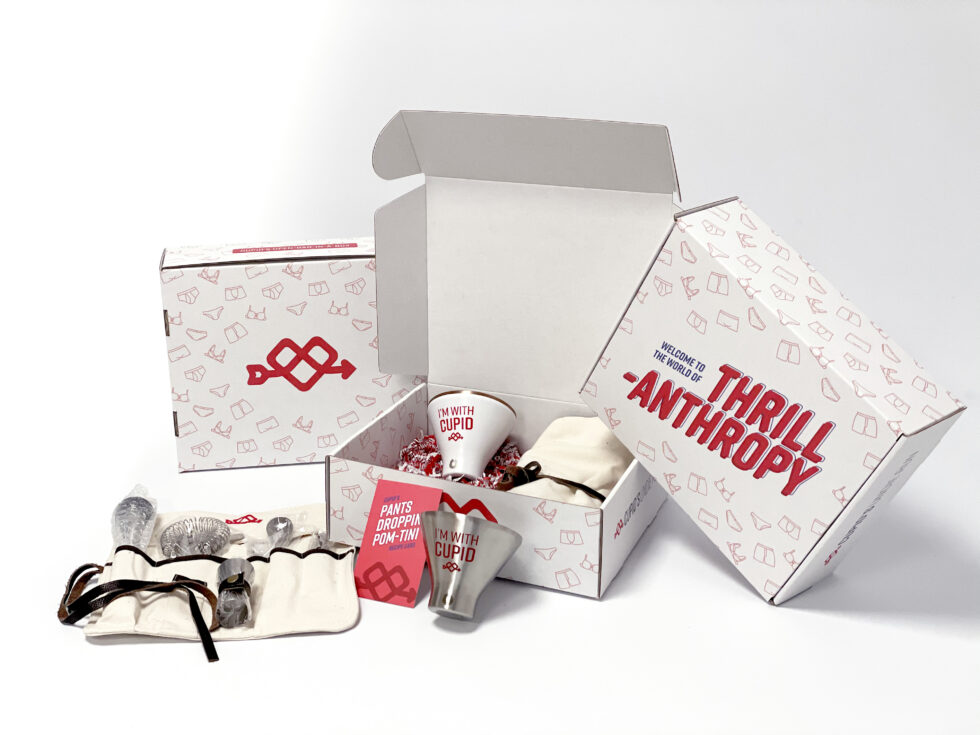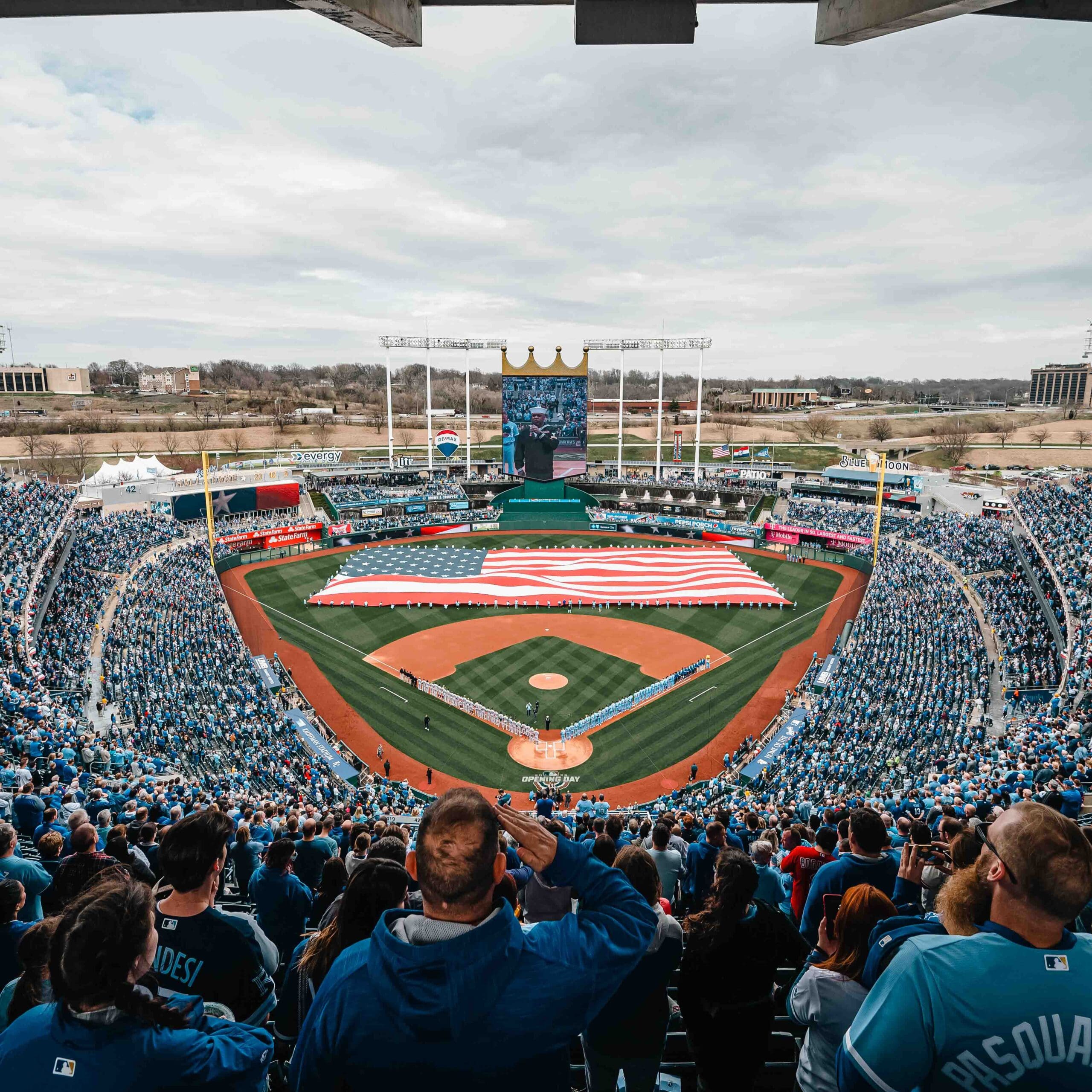
How Big Brands Use Branded Merchandise to Advance Market Awareness
In a world dominated by digital advertising, what place does branded merchandise have? They have always been effective marketing tools for piquing interest and generating brand awareness with target audiences—even more now than ever before. Branded merchandise, often referred to as promotional products, is a form of advertising that’s growing every year. American businesses spend $20+ billion per year on branded merchandise.
[1] In our digitally dominated world, promotional products are still effective and impactful because they physically connect a brand with prospective customers. They are items of tangible value. As gifts, they build emotional credit. Beyond that, they offer a strategic physical tool for tying campaigns and media channels together for years.
Integration
The general perception of promotional products is that they are branded mugs, pens, bags, novelty items, and the like. However, promotional products go far beyond that, with brand marks being placed on larger and more impactful items that aren’t necessarily a cheap “giveaway.” A shift in terminology alone—branded merchandise rather than promotional products—changes perception. Picture a custom-branded surfboard that will be part of a beach clean-up activation sponsored by a beer brand, or colorful, branded pillows that bring life to a couch at a large entertainment event. Big brands integrate branded merchandise into broader, more expansive, marketing campaign efforts to stretch the message and reach audiences in places outside of traditional mediums.
 Effectiveness
Effectiveness
A 2019 case study from the Advertising Specialty Institute (ASI) found that consumers are 2.5 times more likely to think positively about physically branded products than they are about an advertisement. The impact is even more remarkable when one considers that promotional products remain in the consumer’s possession for an average of seven months.
[2] Tying in branded merchandise to a campaign creates a compound effect; the consumer is connecting the ad to an item that stays within their possession and triggers a memory recall that pulls together the coordinated messaging.
 Understanding the target audience is vital to maximizing the effectiveness of the branded merchandise that are given away. Defining who the customer is, compiling as much demographic and profile information about the target audience, where it will be distributed, and how, plays an important role in shaping a company’s selection of promotional products. Will you use branded merchandise as part of a contest? Will it be part of a campaign to drive social media interaction? Are you trying to increase employee satisfaction by providing staff with branded apparel? Are you trying to subtly leverage a stadium crowd with branded swag that shows up in the background of video footage of the game? These are the sorts of questions big brands consider.
Understanding the target audience is vital to maximizing the effectiveness of the branded merchandise that are given away. Defining who the customer is, compiling as much demographic and profile information about the target audience, where it will be distributed, and how, plays an important role in shaping a company’s selection of promotional products. Will you use branded merchandise as part of a contest? Will it be part of a campaign to drive social media interaction? Are you trying to increase employee satisfaction by providing staff with branded apparel? Are you trying to subtly leverage a stadium crowd with branded swag that shows up in the background of video footage of the game? These are the sorts of questions big brands consider.
 Conclusion
Conclusion
Driving brand awareness to a targeted audience using branded merchandise as a marketing tool is big business. It connects companies, their brands, and multi-channel campaigns with consumers in dynamic ways. Big companies understand that giving away a tangible product plays a valuable role in amplifying their message in a way that creatively ties into a broader purpose.
Footnotes
[1] https://profiletree.com/promotional-products/
[2] https://www.forbes.com/sites/forbesbusinesscouncil/2022/02/03/using-promotional-products-to-improve-your-business-marketing-strategy/?sh=4ea8703c598c




